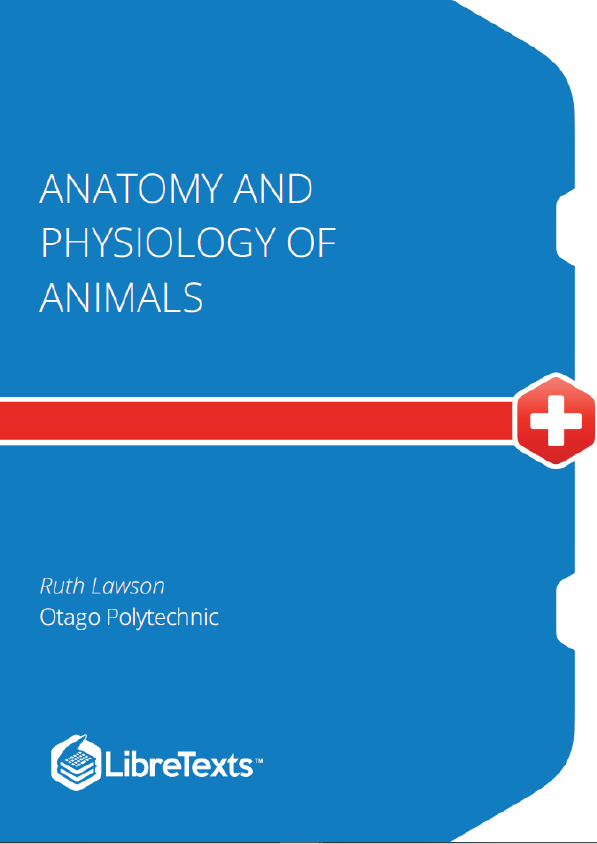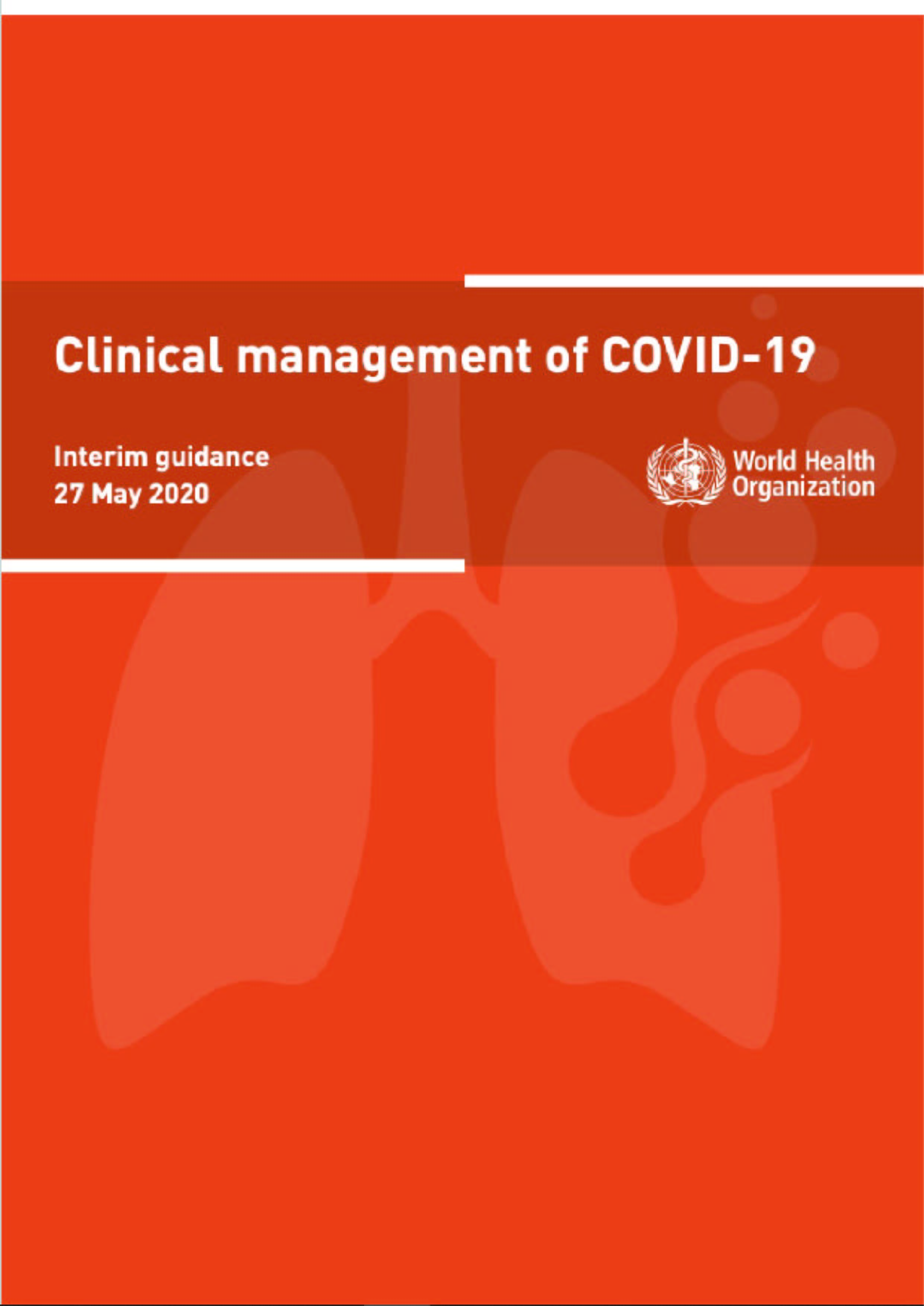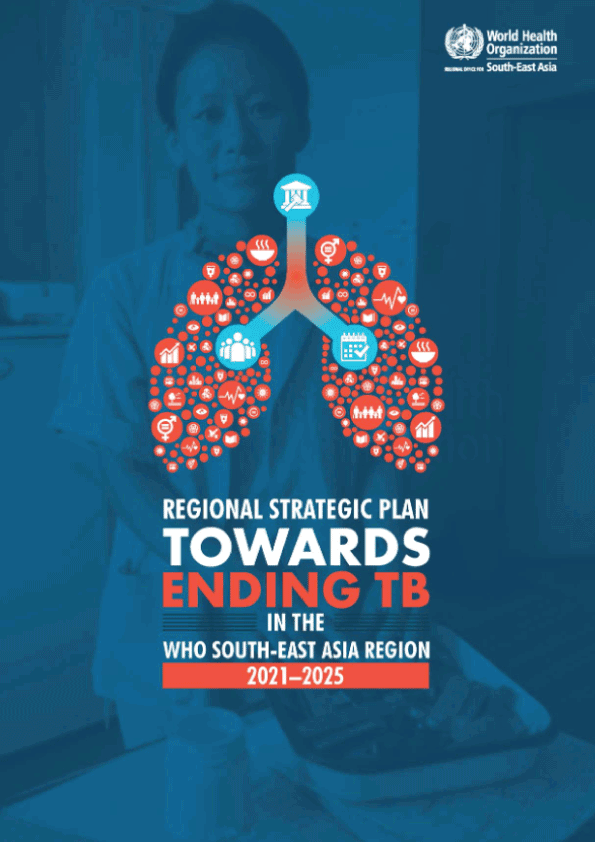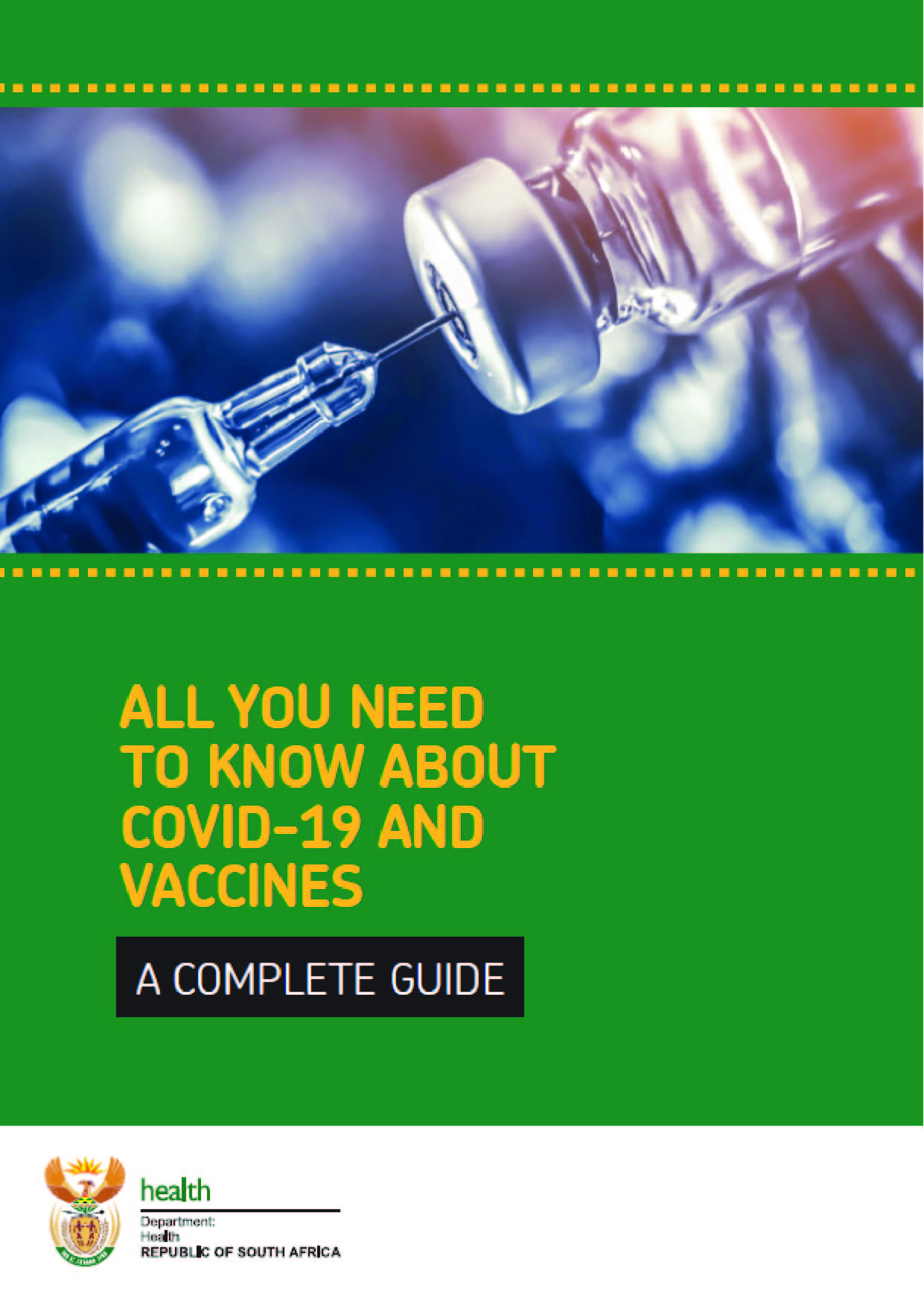Veterinary nurses need to have a firm grasp of the normal structure of an animal’s body and how it functions before they can understand the effect diseases and injuries have and the best ways to treat them. This book describes the structure of the animal body and the way in which it works. Animals encountered in normal veterinary practice are used as examples where possible.
The elements (simplest chemical substances) found in an animal’s body are all made of basic building blocks or atoms. The most common elements found in cells are given in the table below with the symbol that is used to represent them.
A molecule is formed when two or more atoms join together. A compound is formed when two or more different elements combine in a fixed ratio by mass. Note that some atoms are never found alone. For example oxygen is always found as molecules of 2 oxygen atoms (represented as O ).
Reactions occur when atoms combine or separate from other atoms. In the process new products with different chemical properties are formed.
Chemical reactions can be represented by chemical equations. The starting atoms or compounds are usually put on the left-hand side of the equation and the products on the right-hand side.
Ionizations
When some atoms dissolve in water they become charged particles called ions. Some become positively charged ions and others negatively charged. Ions may have one, two or sometimes three charges. The table below shows examples of positively and negatively charged ions with the number of their charges.
Positive and negative ions attract one another to hold compounds together. Ions are important in cells because they conduct electricity when dissolved in water. Substances that ionize in this way are known as electrolytes. The molecules in an animal’s body fall into two groups: inorganic compounds and organic compounds. The difference between these is that the first type does not contain carbon and the second type does.
Organic and Inorganic Compounds
Inorganic compounds include water, sodium chloride, potassium hydroxide and calcium phosphate. Water is the most abundant inorganic compound, making up over 60% of the volume of cells and over 90% of body fluids like blood. Many substances dissolve in water and all the chemical reactions that take place in the body do so when dissolved in water. Other inorganic molecules help keep the acid/base balance ( pH) and concentration of the blood and other body fluids stable (see Chapter 8).
Organic compounds include carbohydrates, proteins and fats or lipids. All organic molecules contain carbon atoms and they tend to be larger and more complex molecules than inorganic ones. This is largely because each carbon atom can link with four other atoms. Organic compounds can therefore consist of from one to many thousands of carbon atoms joined to form chains, branched chains and rings (see diagram below). All organic compounds also contain hydrogen and they may also contain other elements.











